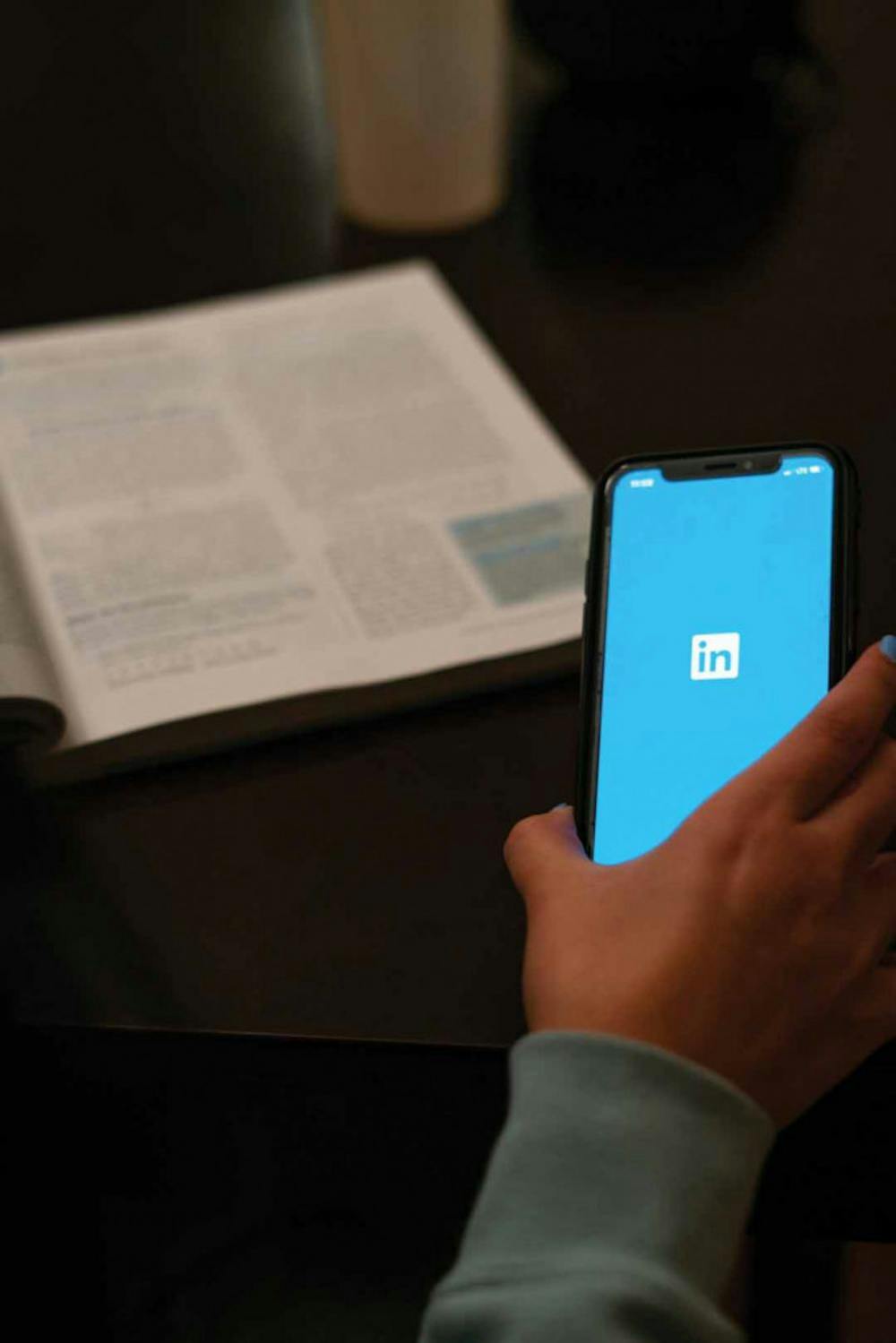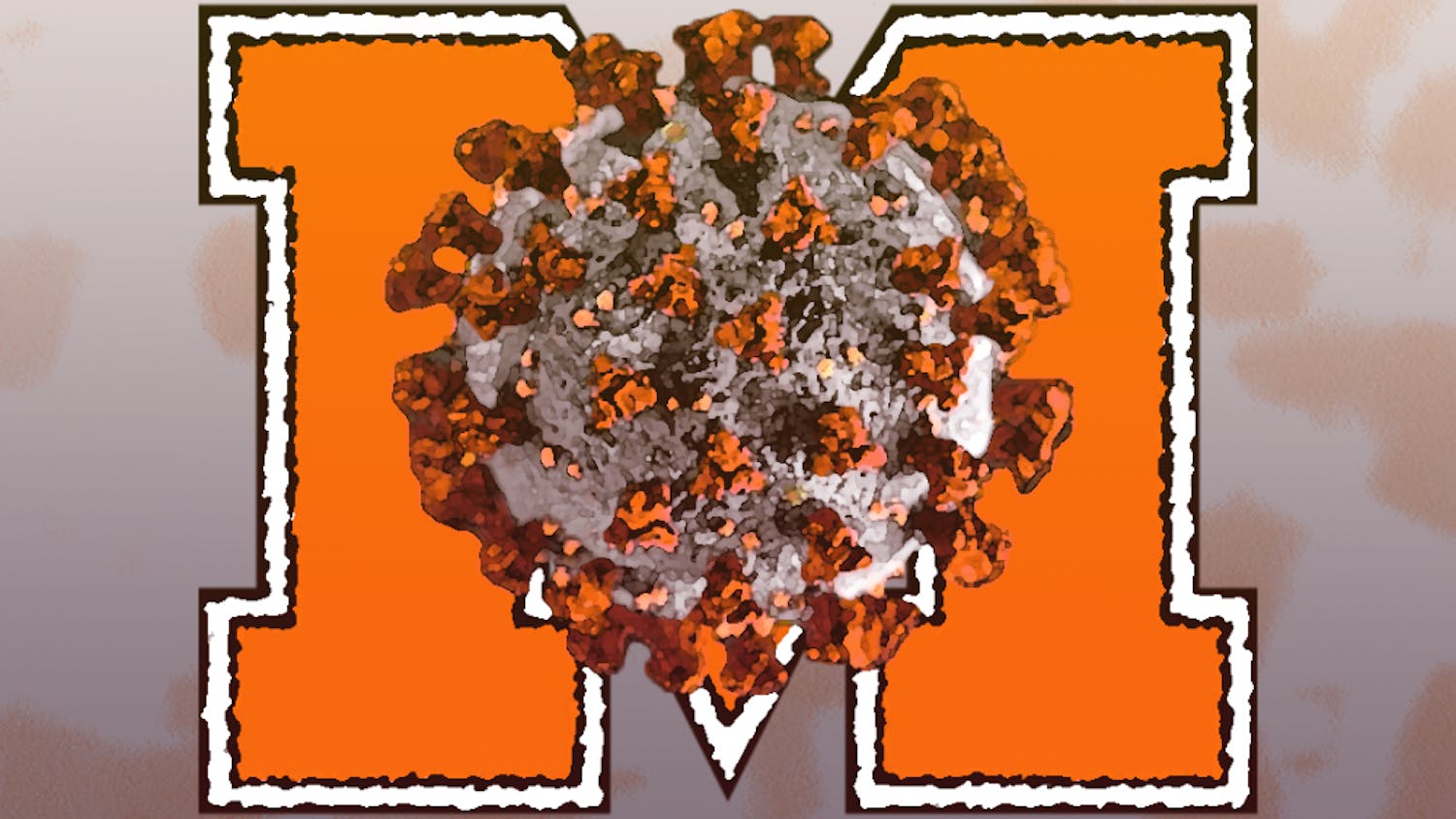Believe it or not, fall is the most important time of year for securing your first job post-graduation. Even if you’re not set to graduate this May, it’s always a good idea to establish and maintain a professional online presence. LinkedIn puts the “networking” in “social networking,” and the platform is the first that comes to mind when it comes to self-promotion.
Some of my friends make fun of me for my meticulous LinkedIn presence, but I’ve received job and internship offers through the service. It doesn’t seem like the most fun social medium, but it can be once you stop thinking of it as a resume and start understanding the endless other possibilities for using LinkedIn.
Here are my best tips for spicing up your LinkedIn profile.
Know that LinkedIn is more important than you think
LinkedIn is one of the fastest-growing social media platforms worldwide, with two professionals signing up every second. According to social media marketing company HootSuite, 50% of Americans with a college degree use LinkedIn, and 45% of users work within upper management in their companies. Speaking of companies, there are 30 million company profiles on LinkedIn, posting 3 million American job opportunities each month.
It’s not just Americans, either; while it’s the most prominent country among LinkedIn users at 30%, the remaining 70% come from over 200 countries, meaning that employment options aren’t limited to the States.
Put your best face forward
First impressions are just as important online as in real life, especially on LinkedIn. When you set your profile picture, stay away from selfies, group photos or anything you’d use on Tinder. Go with something professional instead. It doesn’t necessarily have to be a formal headshot — not everyone has that kind of coin, I get it! — but a solo picture of you with nice lighting, a confident smile and a background that doesn’t steal the show will do the trick.
Don’t be afraid to stand out
When recruiters are searching for potential employees, the first items they scan on your profile are your photo and headline. Your headline is basically a description of what you’re about, but it’s about 10 words long, so it may seem like it’s not that important. However, this is actually the first chance you have to show employers what sets you apart. Make sure your headline is specific, up-to-date and reflective of your skills.
For example, on my LinkedIn, I chose to focus on my role creating a podcast with PULP Magazine. I could simply leave it at “Podcaster,” but that’s boring! It also reveals nothing about my role as a podcaster, just that I am one. My headline now says “Podcast Producer and Host.” It’s not so descriptive that it’s hard to follow, but it gives a bit more information about what all I’m capable of in the podcast space. “Podcaster” alone didn’t specify.
A final tip: Yes, you want your headline to be short, but try to avoid using acronyms. Even if recruiters know the industry slang, it’s important to show that you can explain yourself and your work to others.
Tell your story
The next most important part of your profile is your summary. This section gives you the most opportunity to explain who you are, what you’re about and what kind of work environment you would thrive in.
Too many folks on LinkedIn use generic summaries that scream, “I copied this from a resume template.” How many times have you seen something like, “Engaged and confident communications professional,” a clunky paragraph so overloaded with buzzwords that you can’t parse out which industry the user is in or — worst of all — “(Your Major Here) Student” as someone’s summary? That tells recruiters nothing about you except that you couldn’t (or wouldn’t) take the time to explain what makes you tick.
LinkedIn isn’t just a virtual resume, it’s a space for you to tell your story. The summary is the best place to use that function.
You also have the opportunity to add multimedia to your summary. I’ve got a PDF of my resume and the link to my online portfolio attached to mine for ease of access.
Contextualize your work history
On a resume, you’ve got to cut out every extra detail you can to save space, but LinkedIn is entirely different. Recruiters spend more time reading LinkedIn profiles than skimming paper resumes, so you can take more liberties in explaining what you did in each job role and how it helped shape you. You’ll especially want to highlight any major accomplishments. Numbers are great — for example, if you helped grow a social media account from 500 to 1,500 — and you can also attach multimedia to each work placement. Think presentations, publications and any photos or videos of you in the field.
Add supplemental information
There’s a ton of room to brag about yourself on LinkedIn, and you should definitely do it. Extra categories such as “Projects,” “Volunteer Positions,” “Skills” and “Languages” might not be what get you the job, but filling them out at least shows how much effort you’re willing to put in when it comes to your personal brand. It also helps paint a clearer picture of yourself to potential employers.
Maintain a presence
The last important step in spicing up your LinkedIn is engaging with your connections. You can comment on their posts and share posts you find interesting, but the best way to get noticed and create an archive of your engagement on your profile is to make your own posts. If you’re interning or working in your field, you can write posts about your experience and what you’re learning to demonstrate your enthusiasm (and to prove your skills). You can also write commentary on news in your industry to show that you keep up with current events — and that you care about the state of your field — by sharing your thoughts.
Use photos and videos in your posts for an extra boost. Posts with images get twice the engagement and posts with videos get five times the engagement as text-only posts, according to HootSuite.
LinkedIn can be an invaluable tool for connecting with industry professionals, showing your skills and landing your next job. Something else I’ve noticed? A fully-fledged profile can also help you grow your confidence. Having my skills, accomplishments and work placements I strove for all in one place reminds me of how far I’ve come — and LinkedIn shows me all the places I could go from here.





